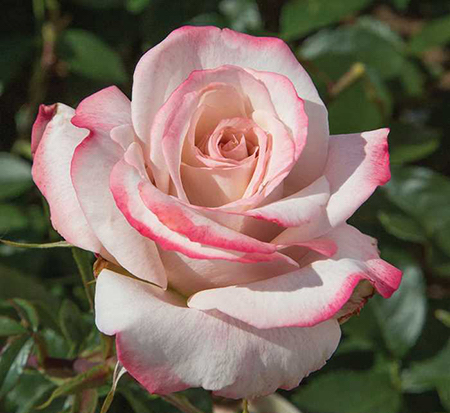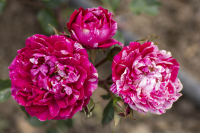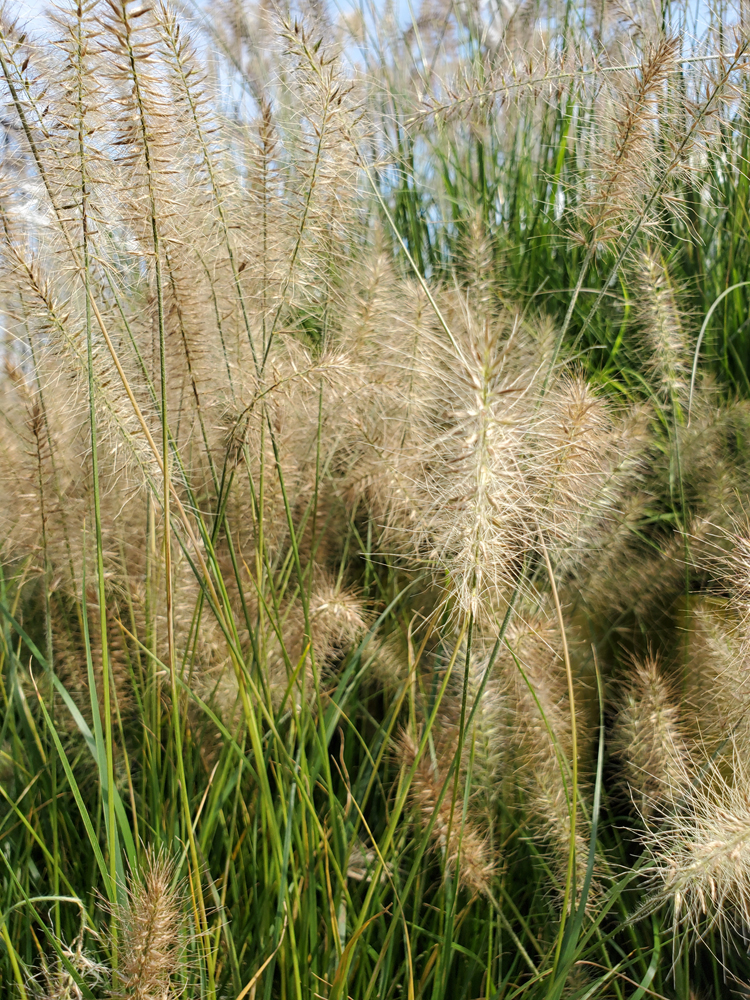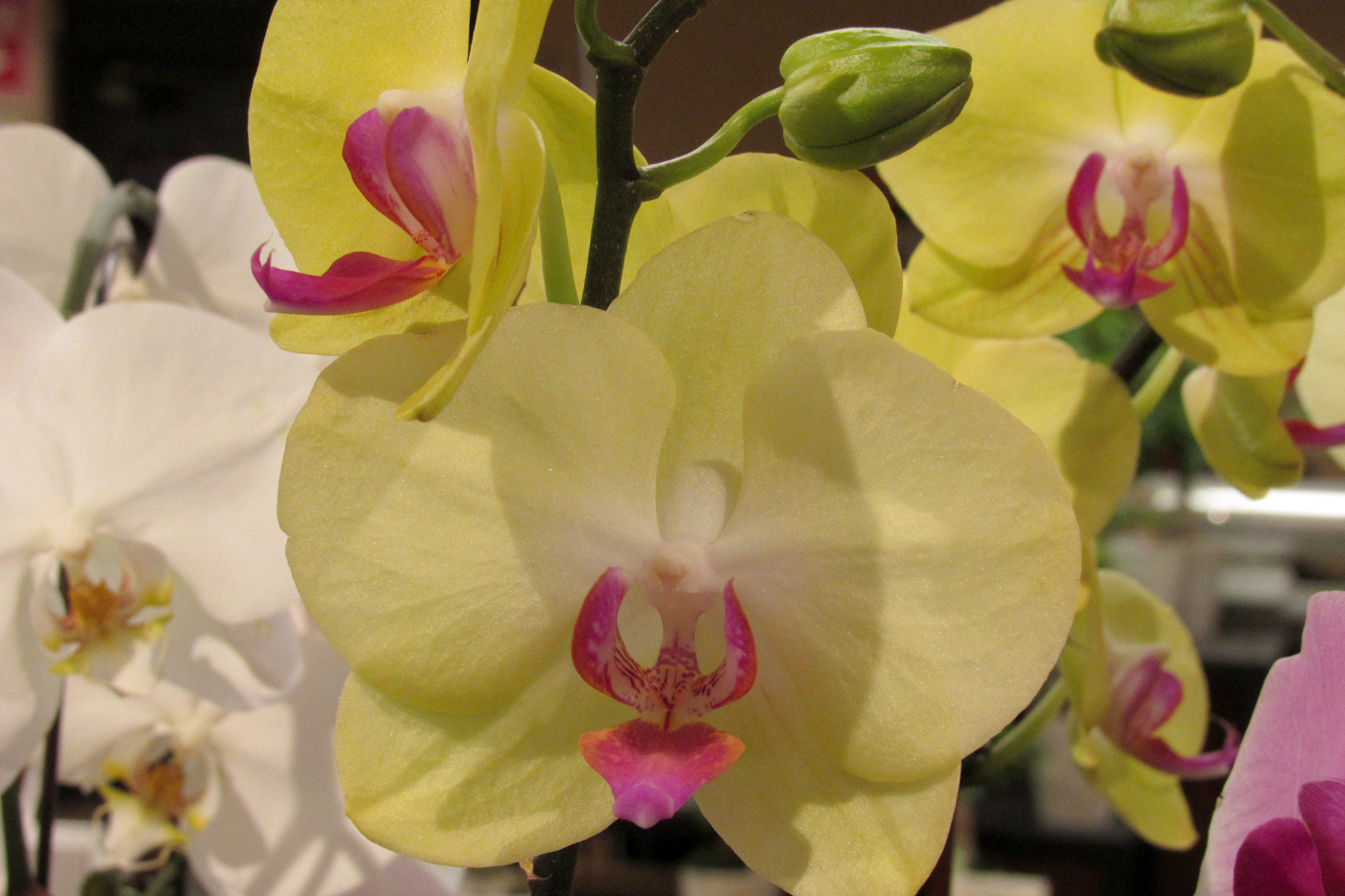New rose varieties for 2019

Great news for gardeners who love to grow roses, and for gardeners who would love to grow roses, but have been frustrated in the past by diseases which sometimes affect even some of the new easy care varieties.
I had the chance to hear Tim Zimmerman, CNLP, speak during this year’s Plantasia Garden and Landscape event at the Erie County Fairgrounds recently, and he praised three new rose varieties you will want to be on the lookout for this year: Pinkerbelle™ hybrid tea (Rosa ‘Melvanae’); Candy Sunblaze® mini rose (Rosa ‘Sproulsun’); and Cherry Frost™ climbing rose (Rosa ‘Overedclimb’).
Zimmerman said the new varieties really are easy care and flower all summer. He explained that traditionally, roses have been grafted onto root stock of another variety, a practice which can result in winter die-off as well as disease. Rose mosaic, for example, can enter the plant through the grafting site. Instead, Zimmerman said new varieties are grown on their own roots (look for “own root” roses) which makes them much more disease resistant and cold hardy.
Pinkerbelle™ features a spicy verbena fragrance and is highly disease resistant, Zimmerman said. It has done well in climates where roses are subject to black spot and has a bushy habit with dark green foliage and pink cup-like flowers. This new rose is hardy to USDA Zone 5.

Zimmerman explained that Cherry Frost™ can be trained either as a climbing rose or left as a large shrub. The plant was bred by a backyard gardener in Michigan, who was unable to find a truly red rose that was hardy enough to grow in her zone. Cherry Frost is hardy to USDA Zone 4. This variety is disease-resistant and repeat blooms throughout the season. The dark green leaves make a beautiful contrast to the deep red blooms.
Candy Sunblaze® is a miniature rose which is perfect for containers and is the first striped rose in its series. The blooms are deep pink to red with finishing touches of white and is hardy to USDA Zone 5. Zimmerman said he loves to use roses in containers and treats some as annuals.
He also provided general advice for caring for roses. Roses do best in spots with good air circulation and drainage as well as six hours or more of direct sun. Try to avoid competition with tree roots for soil nutrients.
Work organic material into your existing garden soil in a 1:3 ratio – one part new to three parts native soil. Compost is a great source of organic material. The recommended soil pH for roses is 6.5. Zimmerman recommended planting roses slightly deeper than you would most transplants, with the top of the root ball slightly below the surface.

Roses need one inch of water per week in hot weather, but water two or three times per week for the first month after planting. Water at the base, avoiding moisture on the leaves, and watering in the morning is preferable to the evening. To fertilize, an all-purpose fertilizer or rose specific food can be used – either 5-5-5 or 5-10-5. The first application should be made at planting or as the leaf buds begin to expand; the second as flower buds begin to swell; and the third as the first blossoms are tapering off. Do not feed roses after July so new growth has time to harden off for winter. If you grow Knock Out and Drift roses – as well as some climbers with large amounts of growth yearly – feed monthly from April through late July.
Prune roses in the spring – at the same time you see Forsythia starting to show yellow. First, trim out dead and damaged branches and then prune to shape. Suckers growing up from root stock can be removed as well as any crossed branches. Prune most roses down to 12 to 15 inches. Knock Out and Drift roses benefit from a bit of additional cutting and clipping back during the summer. Climbing roses are pruned back to three or four young canes. Remove old or weak canes and leave a few buds on each flowering shoot. In spring, re-attach the canes to fences or structures on which they are climbing.
Photos courtesy of gardendesignonline.com







